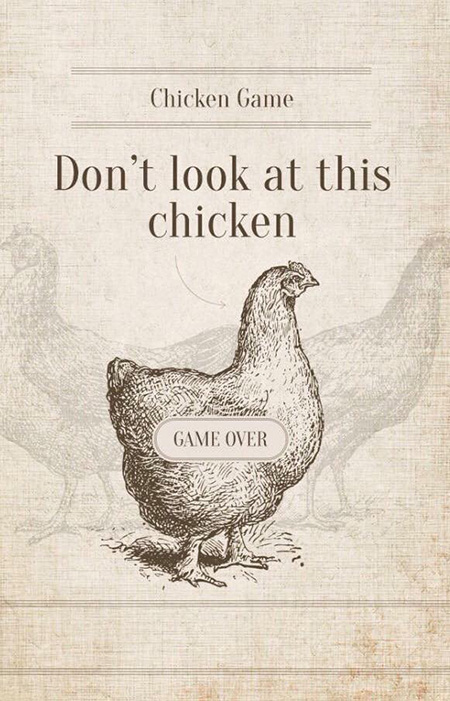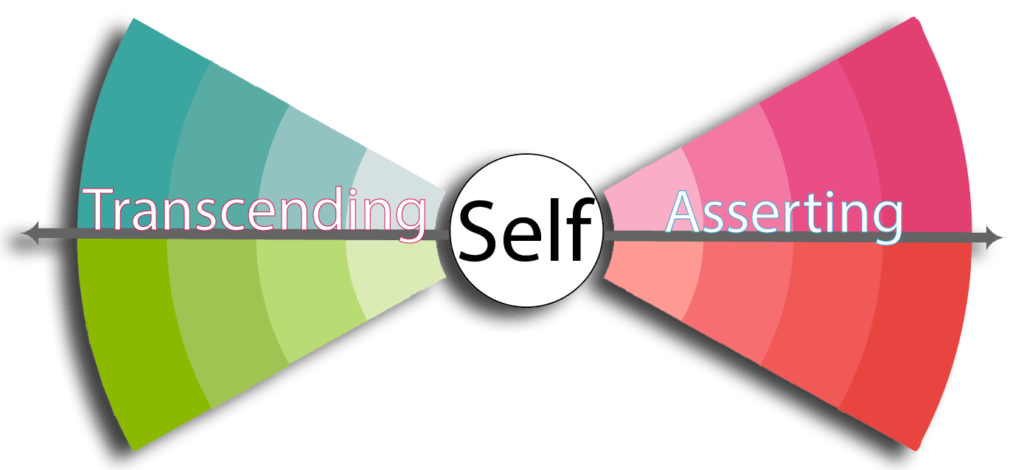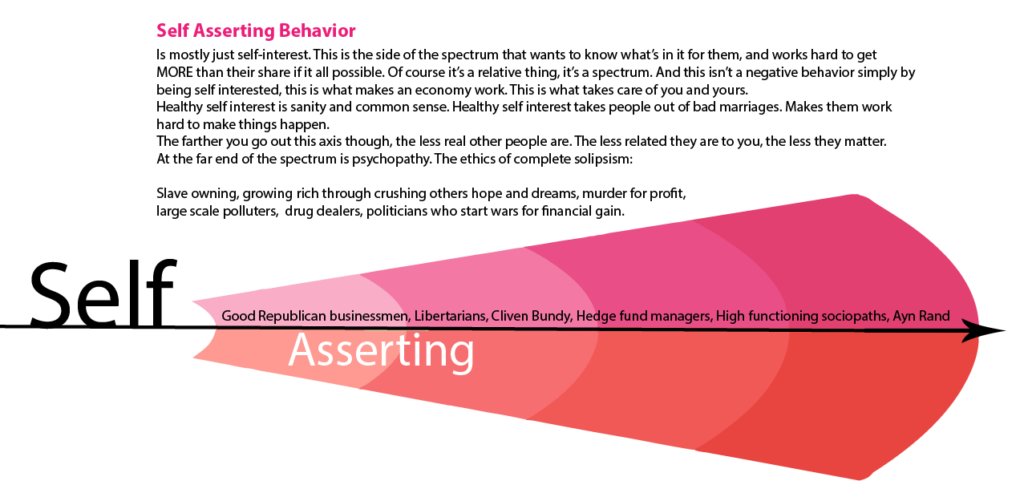Hugh Miller
“It darkles, (tinct, tint) all this our funnaminal world.” ― James Joyce, Finnegans Wake
In 1994 three researchers wandered the Ardèche valley in southern France beside the river of the same name. Their work would look odd and delicate to us. They were hoping to discover hidden caves and their method was to feel for small drafts of air rising through piles of rock. Some explorers do this by literally sniffing about, hoping to scent the smell of a cave. That day, these three discovered a near miracle. It was a huge cave full of ancient human art perfectly sealed by a landslide for around 20 thousand years. This is the Chauvet cave, named for the lead explorer.
Abundant charcoal on the site allowed good carbon dating. The primary use of the cave by humans dated from 32 thousand years ago. This placed the art at 10 thousand years older than the oldest art we knew of. I want to write that age as a number.
32,000 years ago. 30,000 BCE. This time is the upper paleolithic or “old stone age”. Something strange happened in the neolithic. About 9000 years ago an emergent rush of lifestyle change transformed humanity from small tribes of wandering hunters to villages of farmers. As a group, we abandoned what we had always done for something new.
The long paleolithic period in southern Europe leaves little to tell us who we were, but what we do find is vivid and strange. The paintings in the Chauvet cave are amazing. Like most cave paintings they are of animals rendered with smooth confident lines and subtle shading. What isn’t so obvious is what the paintings meant to the artists. When it was in use, Chauvet cave had a large opening that would have allowed sunlight into the first chamber. There are no paintings in the first chamber. Well, only one… just at the point the sunlight could not reach.
Paintings are for darkness.
The painters used all the features of the cave as part of the art. A horse appears to be running out of an alcove. Bumpy cave walls become 3d anatomy; a bison shoulder, a lion’s hip. Looked at from different angles things transform and shift identity. This part of a horse turns into that part of a wolf. Some animals might be a group standing together, or a single animal moving through space as if we paused an animation with multiple frames visible at once.
The world surrounding this canvas is worth considering. Europe was in an ice age, there were glaciers 9000 feet thick. It was cold but dry and sunny. The people would have dressed as traditional Inuit Indians do, with reindeer leather and furs. They carved bone flutes on the pentatonic scale. The sea level was 3oo feet lower and a determined hunter could have walked from Paris to London (or you know, those geographical locations). The world was crammed with animals familiar and strange: Cave bears, lions, hyenas, mammoths, hairy rhinoceros, horses, bison, leopards, wolves, ibex, reindeer. In the same area lived a distinctly separate species of humanity; Neanderthals. Neanderthals left no paintings. Why did we paint and why didn’t neanderthals paint?
Humans didn’t live in the cave. They went down into the dark with their torches to conduct some kind of passionate business they had with this wild world they lived in. Continue reading
https://www.scientificamerican.com/article/movies-in-the-cortical-theater/
Mapping Perceptions and Thoughts
First of all, would you please take a peaceful moment to imagine two elephants walking across the savannah.
This remarkable story has been out for a while, but it deserves a little consideration. Magnetic Resonance Imaging (MRI) technology can precisely track neurological activity throughout

the brain down to volumes as small as a peppercorn.
- A volunteer is shown a movie of two of two elephants walking on the savannah. A certain series of areas display activity.
- Other volunteers watch the movie. The same areas show the same engagement.
- Volunteers are told to imagine two elephants walking across the savannah and the same areas light up.
- No matter what language the volunteers understand, the same areas show the same engagement.
This is where humanity keeps their wandering elephants. What can it mean that the human brain has an exact particular spot for an elephant wandering or an হাতির বিচরণ or an elefante alderraiaren, or an слон блуждающих or an 大象漫遊 ?


I don’t get migraine headaches but I get migraine auras. Some people describe them as a pretty light show but they are much weirder than that. It’s impossible to create an exact image of what it’s like but these two pictures show some of the effect. The view through the windshield shows the jagged scintillating rainbow effect. It isn’t static, it flows and changes size. The other picture, the one of the guy, shows a bit of the creepy empty blind spot that accompanies the first effect. My effect is always to the right side of my visual field. |
| 
Here is the creepy part. The blind spot isn’t an obstructed blind spot…it’s a place where nothing exists. It makes visual gibberish out of the things it passes over. This is Oliver Sacks type material. Perhaps a quarter of my visual field isn’t just unworkable, it’s a negative which makes things not exist as my eyes change position.
Watching a movie, that actor has only half a face…convincingly. He walks away in a universe where people get along with half a body and one leg. At times, even knowing what’s happening it is scary…because it’s as if not only sight but long-established neurological common sense has vanished or been proved wrong.
Another example. I scan words on a page and it isn’t that the right half of the page is gone, the second half of each word is gone! The other half flickers in and out of existence. I try to transcribe the words and I know that each one is really longer but it’s very hard to remember how the second half of the word can exist. As I type, half of the word seems like the correct amount and adding to it seems peculiar.
Not just my eyes but part of my brain is tuned in to empty static. I find it distressing and I lay low and wait it out. It has happened when driving and I don’t trust my processing enough to keep going. I pull over and wait it out.
I have one right now, it inspired me to try to explain it. I’m not at all sure how effective my proofreading is, but I’m going to publish and come back later without the aura to see how well it worked.
1. Self Asserting
Like the articles on Tension Force and the balance of Progressive to Conservative, this is about the population pattern spread of personality types that defines the way a group behaves. Although it might seem like I’m simply being pro-self-transcendence, this isn’t a moralistic issue and there are unexpected outcomes. And while it clearly overlaps a teensy bit on the subject of right and left-wing politics it only has a solid connection to that out at the edges where the saints and sociopaths hang out. It’s hard to talk about this without paying the most attention to the extremes but the wide middle of this spectrum is in “normal” range. A healthy happy person probably has a good balance, but there’s more than one kind of happy you can be.
There are satisfactions that come from looking out for number 1 and the kind of people who make a point of only looking out for number 1 assume that these are the real and even ultimate satisfactions. Coincidentally, Donald Trump is an exaggerated archetype of this point of view. There are obviously rewards for self-assertion but self-transcendence on behalf of something you love can be a full time high, filling you with renewed energy. Only in people who are cartoonishly on one side of this spectrum or the other are these traits expressed as absolutes. Trump is cartoonishly self-asserting in the manner of a spoiled child. But self-assertion is more than short term self-indulgence, it also powers your serious goals and ambitions. It’s the oomph of aspiration. Gandhi and M.L.K. would have gotten nowhere without it. Any poor, hardworking kid who made something of themselves, has used this power. Actually Gandhi and MLK were well supplied with both impulses, it doesn’t HAVE to be just one or the other.
Here we start to encounter those unexpected outcomes. In fact, consider this: Have more of the horrors and tragedies of the human race come through self-asserting behavior or self-transcending behavior? Self-transcending can be beautiful and saintly but it also drove the selfless nazi and it drives the true believer ISIL volunteer. Extreme self-assertion might rob banks or investors. But for true horror and cruelty, self-transcendence is the big winner. Selfishness doesn’t generate armies of minions. There is no genocide without people who give up everything to kill whoever the great plan points to. Giving yourself wholly to a powerful cause is a transcendent experience and also, in the abstract, an amoral one. In MLK it was moral, but only because of the framework of that transcendence. Passionately pursuing a personal goal is also amoral. The internal values of the goal determine the good or ill.
The strongly self-asserting are often callously disinterested in what happens to anyone they don’t personally know and love. Dick Cheney for example only began giving a damn about gay and lesbian rights because his daughter came out. If she hadn’t, he never would have seen any point in supporting that position, after all, what was in it for him? Strong self asserters aren’t necessarily aggressive or intense but the bottom line important question for them is “How does this affect me?”




